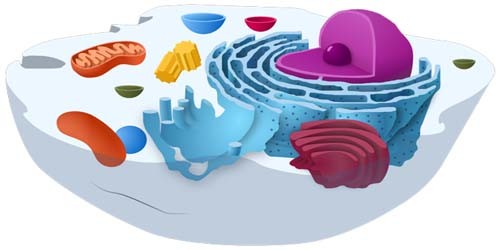Gymnosperms: Salient Characteristic Features
The gymnosperms are a group of seed-producing plants which are also known as Acrogymnospermae. The term ‘Gymnosperm’ is originated from two Greek words, ‘gymnos’ meaning naked and ‘sperma’ meaning seed. It is a smaller ancient group of plants that produce naked seeds because their seeds are not enclosed by a fruit. On earth, more than … Read more






